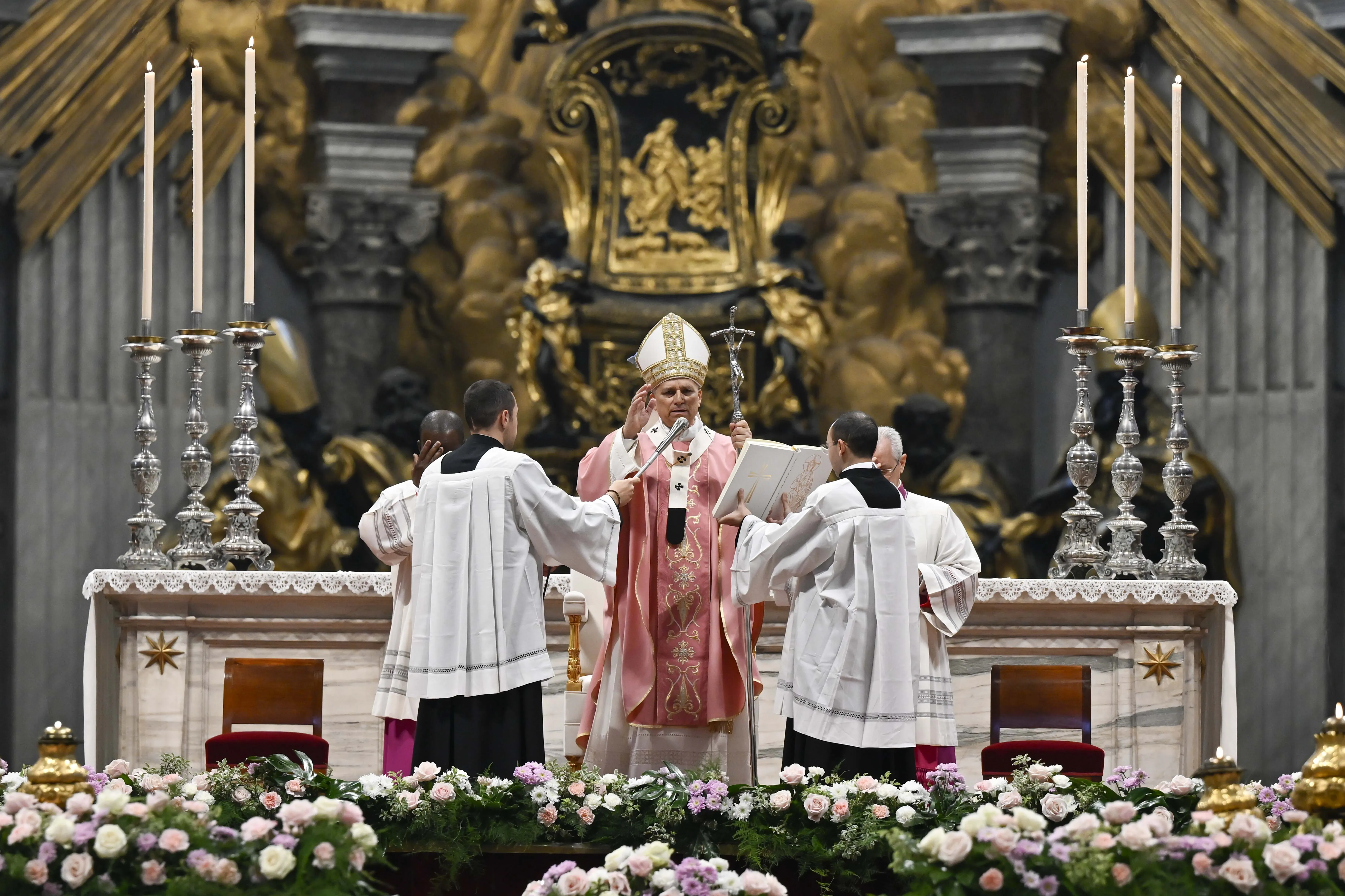“It must be acknowledged that there are many situations of great suffering. The Holy See is deeply aware of this, takes it into account and does not fail to attract the attention of the Chinese government to encourage a more fruitful exercise of religious freedom. The path is still long and not without difficulties,” the Vatican newspaper said.
Following the Vatican-China agreement in 2018, state officials in different regions of China removed crosses and demolished church buildings, and underground Catholics and clergy have reported harassment and detention. A 2020 report of the U.S. Congressional-Executive Commission on China found that Chinese Catholics suffered “increasing persecution” after the deal.
Vatican Secretary of State Cardinal Pietro Parolin told journalists Oct. 21 that he was “happy” with the agreement. But he acknowledged “there are also many other problems that the agreement was not intended to solve.”
The cardinal said that the goal of the agreement is “unity of the Church” and that through this unity “it will become an instrument of evangelization,” according to a transcript provided by Italian newspaper Avvenire.
When asked about the persecution of Christians in China, Parolin responded: “But, what persecutions … You have to use the words correctly. There are regulations that are imposed and which concern all religions, and certainly also concern the Catholic Church.”
In China, religious education of any person under the age of 18 is illegal. This means that catechism classes have been closed and minors are not allowed to enter church buildings. Catholic churches registered with the Chinese authorities are closely monitored via CCTV cameras connected to the public security network. Priests have been forced to attend government training courses.
The Chinese government continues to imprison Catholic clergy who refuse to support the Communist Party, according to a September report out of the province of Jiangxi.
But other religious groups have fared far worse under the Chinese Communist Party’s policies of “sincization” and technological control, particularly the Uyghur Muslims in China’s Xinjiang province, who have suffered forced labor, indoctrination, sterilization, forced abortion, and torture in dentention camps.
While introducing more restrictive rules on religious practice, President Xi Jinping’s repeatedly stated goal has been the “sinicization” of religions. The authorities have sought to diffuse “religious theories with Chinese character” into the five official religions supervised by the government, including the Chinese Catholic Patriotic Association. This has included instructing Chistian churches to remove images of the Ten Commandments and replace them with the sayings of Chairman Mao and Xi.
In March 2018, the Chinese government instituted a major change in its religious regulation by placing the management of religions, including Catholicism, under the direct control of the Chinese Communist Party’s United Front Work Department (UFWD). The United Front has the task of ensuring that groups outside of the CCP, such as Xinjiang Muslims, Tibetan Buddhists, Hong Kong democracy activists, and the Catholic Patriotic Association, are following the party line.








